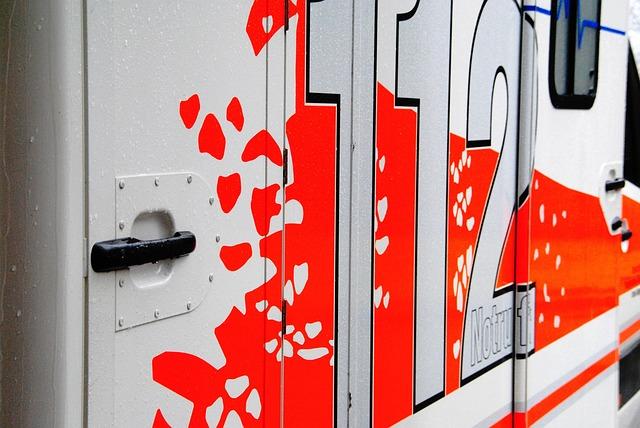In the heart of Central Africa, the Democratic Republic of the Congo (DRC) finds itself caught in a cycle of violence fueled by persistent conflicts with rebel groups, notably the M23, which has been linked to support from neighboring Rwanda.As tensions escalate and fighting continues to ravage eastern regions of the DRC, the humanitarian implications become increasingly dire, with millions affected by displacement, loss of livelihoods, and insecurity. The situation raises critical questions about the roots of the conflict, the actors involved, and the steps needed to forge a sustainable peace. This article delves into the complexities of the DRC-Rwanda relationship, examines the current state of the M23 insurgency, and explores potential pathways for de-escalation and reconciliation amidst the turmoil.
Understanding the Roots of the DRC-Rwanda Conflict
The conflict between the Democratic Republic of the Congo (DRC) and Rwanda has deep historical roots, shaped by a complex interplay of ethnic tensions, colonial legacies, and regional power dynamics. Key factors contributing to this ongoing strife include:
- Ethnic divisions: The Rwandan genocide in 1994 forced millions of Rwandans, particularly Hutus, to flee into the DRC, exacerbating local tensions and violence.
- Resource exploitation: The DRC is rich in natural resources, which have drawn both local and foreign actors into conflict over control.
- Political instability: Weak governance in the DRC has allowed various militias, including the M23, to operate with relative impunity, frequently enough receiving backing from external forces, including Rwanda.
The M23 rebel group, which emerged in 2012, claims to defend the rights of Tutsi populations in the DRC and has been accused of receiving support from Rwanda. This resurgence of conflict is not merely a local issue, but part of a broader regional struggle involving several neighboring states. to truly understand this multifaceted confrontation, it is essential to consider:
| Historical Event | Impact |
|---|---|
| 1994 Rwandan Genocide | Mass displacement of Rwandan Hutus into DRC, deepening ethnic tensions. |
| first and Second Congo Wars (1996-2003) | Bringing multiple nations into the conflict and weakening DRC’s state structure. |
| Formation of M23 (2012) | Renewed violence and instability in eastern DRC, drawing in regional powers. |
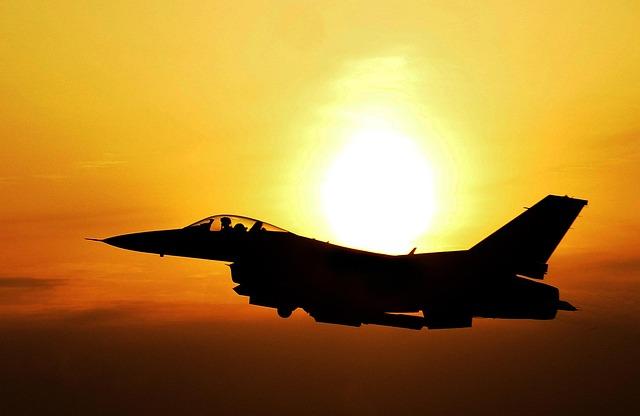
Military Strategies and diplomacy: Key Players and Their Roles
The ongoing conflict in the Democratic Republic of the Congo (DRC), predominantly involving the Rwanda-backed M23 group, underscores the intricate interplay of military strategies and diplomatic efforts by regional and international players. Central to addressing this crisis are key actors such as the Congolese government, the united Nations, and regional organizations like the african Union (AU). Each of these entities has its unique role and influence, shaping the dynamics of peace efforts. The DRC government seeks to fortify its military operations against M23, yet acknowledging the importance of diplomatic engagement remains pivotal. Building alliances with neighboring countries and involving credible peacekeeping forces could provide stability and enhance security protocols in conflict zones.
Moreover, on the international stage, diplomatic resolutions are increasingly necessary to mitigate the repercussions of this conflict. The influence of the United Nations is paramount, as it can facilitate dialog between conflicting parties, reinforcing ceasefire agreements and promoting humanitarian assistance. Additionally, regional alliances, such as those formed by the Intergovernmental Authority on Development (IGAD), play a critical role in fostering negotiations and offering a platform for collaborative military strategies. To illustrate the diverse roles, refer to the following table highlighting current key players and their respective objectives in the resolution of the DRC crisis:
| Key Player | Role | Objective |
|---|---|---|
| DRC Government | Military Operations | Defeat M23 and maintain sovereignty |
| United Nations | Peacekeeping and Mediation | Facilitate dialogue and humanitarian efforts |
| African Union | Diplomatic Intervention | Foster regional cooperation and stability |
| Rwanda | Military Support to M23 | Strategic influence in DRC |
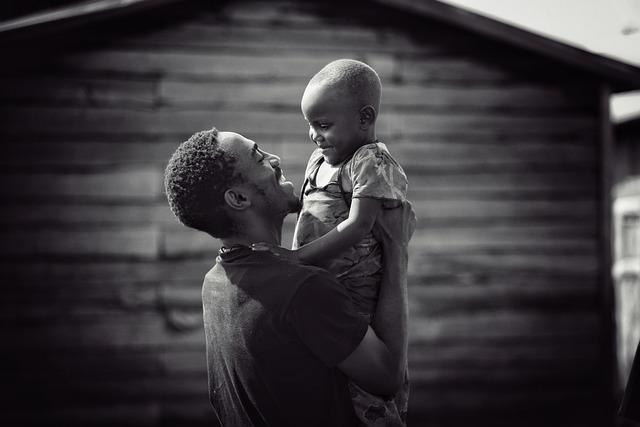
humanitarian Crisis in Eastern DRC: Addressing Immediate Needs
The ongoing conflict in Eastern Democratic Republic of Congo (DRC) has precipitated a dire humanitarian situation, with millions of civilians caught in the crossfire. As fighting intensifies, immediate support is necessary to mitigate the suffering of the affected populations. Key interventions must focus on providing basic needs such as:
- Emergency food assistance: With families displaced and agricultural activities disrupted, access to food is critical to prevent malnutrition and chronic hunger.
- Healthcare services: Establishing makeshift clinics to address injuries and diseases that arise from the conflict is essential.
- Water and sanitation facilities: To prevent outbreaks of waterborne diseases, restoring access to clean water and sanitation is a priority.
- Protection for vulnerable groups: Women and children are often the most affected; initiatives must prioritize their safety and support.
Humanitarian organizations are racing against time to address these urgent needs while navigating challenges posed by insecurity and displacement. Coordination among local and international agencies is essential to streamline efforts and optimize resource allocation. The following table illustrates the status of various humanitarian efforts currently underway:
| Humanitarian Effort | Status | Organizations Involved |
|---|---|---|
| Food Distribution | Ongoing | WFP, UNICEF |
| Healthcare Services | Limited access | MSF, WHO |
| Water Supply Restoration | In progress | IRC, Oxfam |
| Protection Initiatives | Needs enhancement | UNHCR, Save the Children |

International Community’s Response: Opportunities for Intervention
The ongoing conflict in the Democratic Republic of the congo (DRC), exacerbated by the activities of the Rwanda-backed M23 rebel group, calls for decisive action from the international community. There are several avenues for intervention that could potentially alleviate the situation and pave the way for lasting peace. Humanitarian aid is essential, not only to provide immediate relief to displaced populations but also to rebuild communities devastated by violence. The international community can leverage diplomatic channels to engage in dialogue with both the DRC government and rebel groups, fostering negotiations that might yield a ceasefire. Furthermore,multinational peacekeeping forces could be deployed to monitor the situation on the ground and protect civilians caught in the crossfire.
In addition to these immediate measures, the implementation of long-term strategies that address the root causes of the conflict is crucial. The international community must prioritize economic development initiatives aimed at promoting stability in the region,focusing on key areas such as health care,education,and infrastructure. This can help dissuade potential recruits from joining armed groups by offering viable alternatives. Moreover, increased support for local governance systems can empower communities to manage local disputes and reduce reliance on external armed entities.A coordinated response that includes these elements presents a comprehensive possibility for effective intervention.
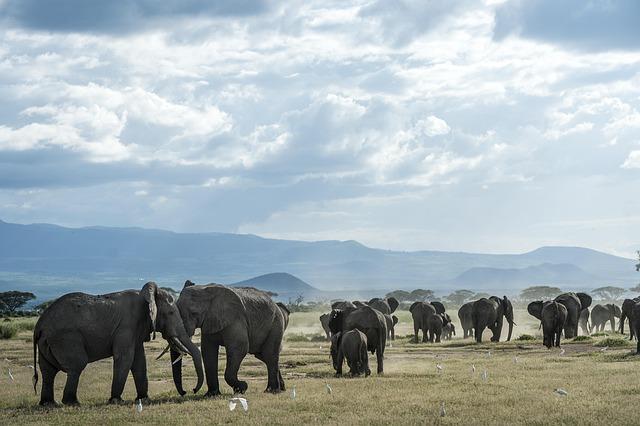
long-Term Solutions: Building Peace and Stability in the Region
Addressing the root causes of conflict in the DRC requires a multifaceted approach that incorporates diplomatic, economic, and social strategies. Strengthening regional cooperation through organizations such as the African Union and the Southern African Development Community (SADC) can foster dialogue and mutual understanding among conflicting parties. Key measures include:
- Promotion of inclusive governance: Ensuring that all ethnic and political groups feel represented can help mitigate tensions.
- Disarmament initiatives: Implementing effective disarmament, demobilization, and reintegration (DDR) programs for combatants can reduce violence and rebuild communities.
- Economic development: Investing in infrastructure, education, and healthcare can create opportunities and reduce grievances that fuel conflict.
Additionally, addressing the humanitarian crisis through international assistance can play a pivotal role in stabilizing the region. Countries such as the DRC and its neighbors must work collaboratively to enhance border security, combat illegal arms trafficking, and share intelligence. Establishing a framework for monitoring and evaluation of peace agreements will be essential in maintaining long-term stability. The following table highlights potential areas for cooperation:
| Area of Cooperation | Potential benefits |
|---|---|
| Border Security | Reduction in illegal activity and cross-border conflicts |
| Resource Sharing | Joint management of resources can foster trust and interdependence |
| Community Engagement | Grassroots initiatives can empower local populations to resolve conflicts |
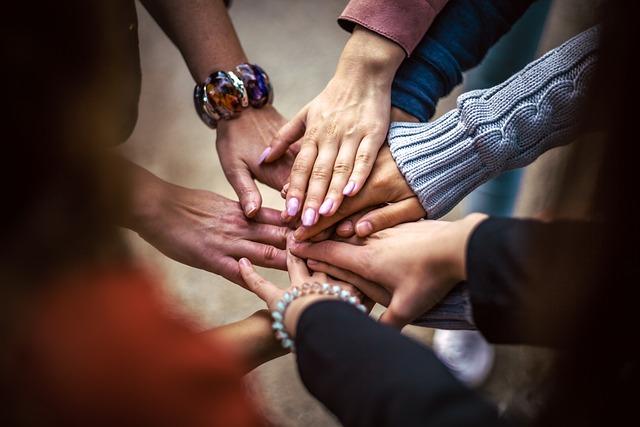
Empowering Local Communities: The Role of Civil Society in Peacebuilding
In areas affected by conflict,civil society acts as a crucial conduit for community resilience and peacebuilding. Grassroots organizations frequently enough spearhead initiatives that foster dialogue and understanding among conflicting parties, while also providing support for those who have been adversely affected by the violence. Their work is essential in rebuilding trust within communities and laying down the groundwork for sustainable peace. Key strategies include:
- Facilitating peace Dialogues: Creating safe spaces for discussions that allow conflicting parties to voice grievances and work towards common solutions.
- Empowering Women and Youth: Engaging these groups in peace processes to ensure broader portrayal and inclusion.
- Providing Humanitarian Assistance: Addressing immediate needs such as food, shelter, and medical care, which are vital for community survival.
Furthermore, the effectiveness of civil society organizations in peacebuilding hinges on their collaboration with local authorities and international partners. Such partnerships can amplify their impact,ensuring that local voices are heard in broader political discussions. The following table highlights the critical areas were collaboration can enhance peacebuilding efforts:
| Collaborative Area | Potential Impact |
|---|---|
| Training and Capacity Building | Enhances local governance and conflict resolution skills. |
| Resource Sharing | Increases access to funding and materials for peace initiatives. |
| Cross-Sector Partnerships | integrates peacebuilding with health, education, and economic development. |
Insights and Conclusions
the ongoing conflict in the Democratic Republic of the Congo (DRC), fueled by the resurgence of the Rwanda-backed M23 rebel group, underscores the urgent need for a multifaceted approach to restore peace and stability in the region. While diplomatic efforts and regional cooperation are vital, addressing the underlying issues of governance, socio-economic disparities, and human rights violations must also be prioritized. The international community has a crucial role to play, not only in facilitating dialogue but also in providing humanitarian assistance to the affected populations. As the DRC navigates this complex crisis, a concerted and sustained effort is essential to ensure that violence does not define its future. only through collaboration and commitment can a lasting resolution be achieved, paving the way for a more stable and prosperous DRC.

